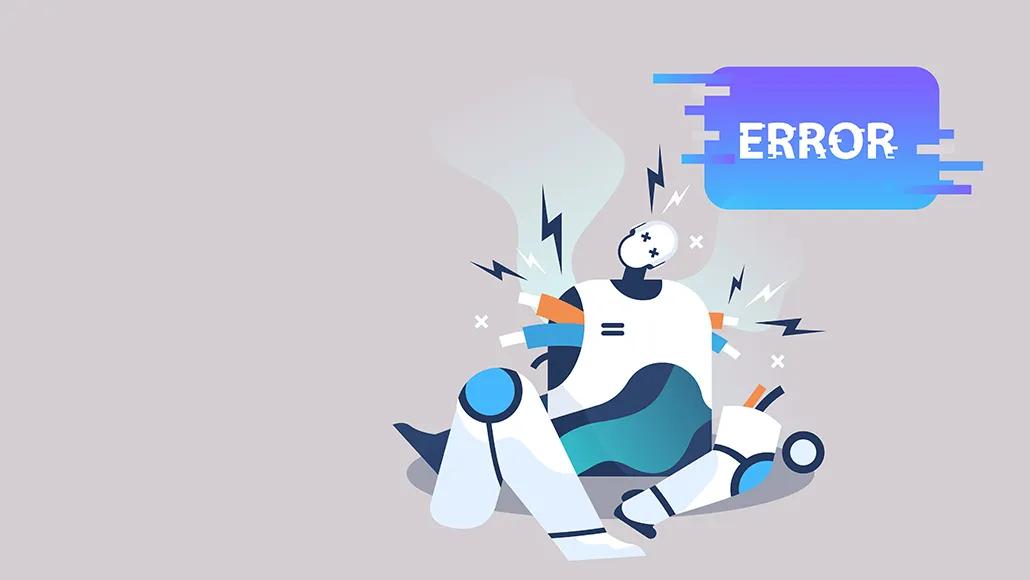Talent Development Leader
The Perils of AI-Aided Performance
Initial investments in overhyped generative artificial intelligence tools have failed to fully deliver.
Tue Mar 18 2025

Bookmark
In HR Toolkit: 9 Future of Work Trends for 2025, Gartner explores how pressure to be more productive with fewer resources has led companies to adopt an artificial-intelligence-first strategy. However, the approach often increases work friction and degrades the productivity it seeks to boost. Nearly half of chief information officers report that AI has fallen short of return-on-investment expectations.
A recent episode of The Gartner Talent Angle podcast notes that a few barriers prevent organizations from realizing their investments. Those include extra tasks such as reviewing for errors and accuracy; extensive layers of approval; the need to repeatedly iterate with tools before mastering their use; and demand for additional employee training.
During the podcast, Peter Aykens, chief of research for Gartner’s HR Practice, shares an anecdote about a novice programmer using generative AI to produce code. While AI initially speeds up the development process, Aykens explains that the employee is not skilled enough to spot errors in the code until bugs start to appear during deployment, which creates rework for others. Worse, when an inexperienced programmer relies on AI to produce code, they skip a key step in their learning and skills development.
“Just because AI can do something doesn’t mean it can do it as well. Generative AI is designed to produce the average human response. That’s a C+, B-. That’s not great,” adds Emily Rose McRae, senior director analyst for Gartner, in the podcast.
While AI can enhance productivity, reduce busy work, and free up employees’ time and energy for more creative and strategic tasks, McRae states that those benefits come with risks. As “AI becomes more integrated into work processes,” she says during the podcast, “managers will find it harder to distinguish between genuine skill and capability of their employees and AI-enhanced output.”
HR Toolkit states that “Organizations will need to figure out new ways to assess and reward performance to differentiate between employees whose work quality stems from their own effort and talent from those who are overly reliant on AI.” To avoid overreliance on the technology, the report poses two vital questions for companies: “How can managers distinguish between mediocre performers and actual high performers?” and “What does it mean for their retention of high performers and their internal critical talent pipelines?”
Further, the report advises employers to build clear guidelines on what AI-generated work is and is not acceptable. That could mean a more fundamental shift in performance management, including new mechanisms to recognize and reward employee contributions that cannot be inflated with AI.
The talent development function will have a major role in such augmentations. Per HR Toolkit, TD professionals must work with C-suite executives to “establish a vision for how AI may impact performance ratings” and seek out perspectives from high performers on different performance evaluation strategies. HR Toolkit recommends that training managers differentiate the employee’s role and the technology’s role in work outcomes, establish how to recognize team members who overly depend on AI, and create a standard for how to appropriately intervene.
In a corresponding article, “9 Future of Work Trends for 2025,” McRae concludes that it will be crucial for talent leaders to help their companies “balance AI insights with human oversight to ensure comprehensive evaluations.” She writes that “engaging employees in the development of AI policies can foster transparency and trust, aligning AI use with organizational values and enhancing overall workforce performance.”

